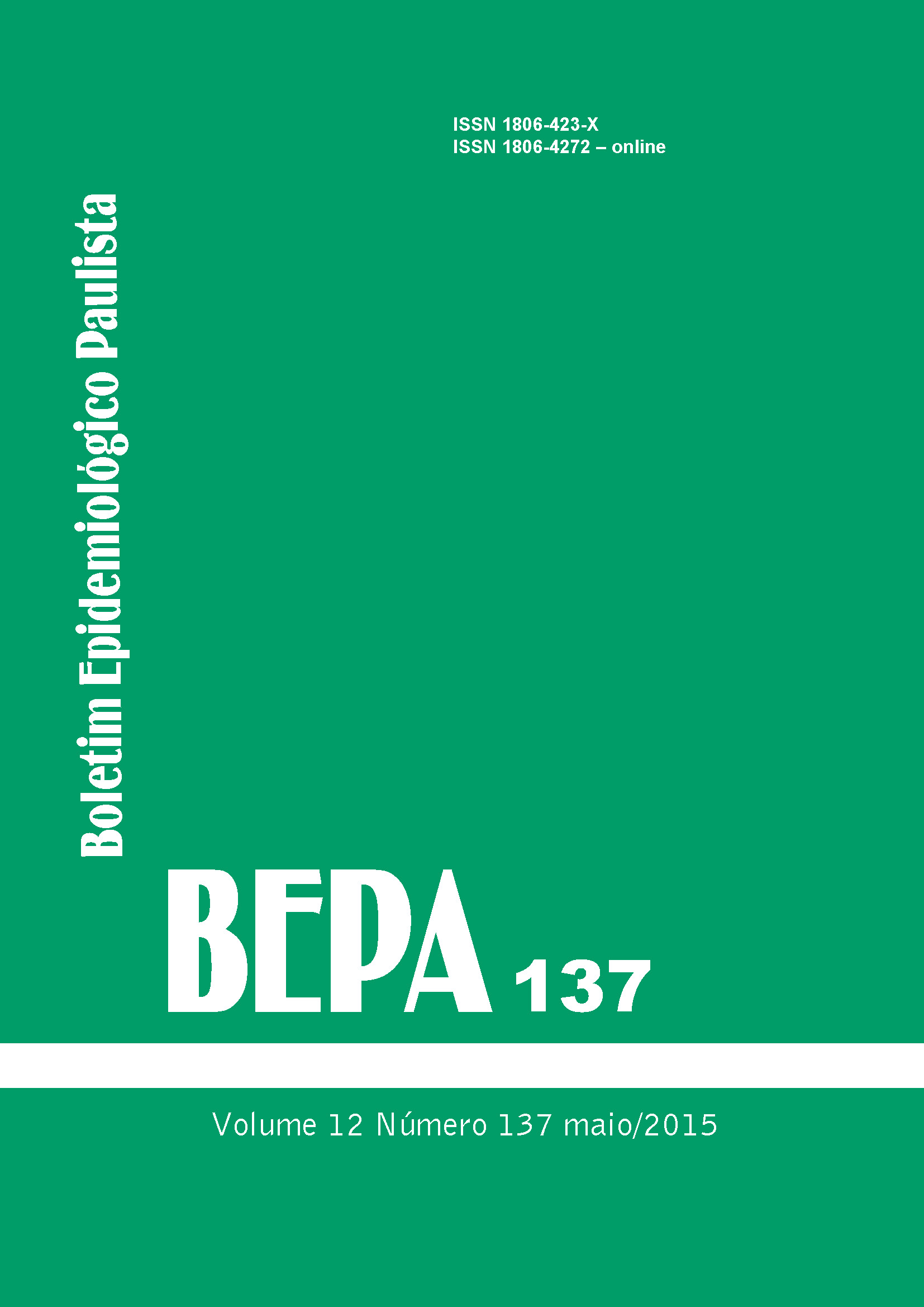Abstract
Foci of infection in the mouth have been related to the impairment of the general health of the individual, arousing the interest of physicians and dentists. Infection is a frequent complication with high mortality rates in patients hospitalized in the Intensive Care Unit (ICU). These patients often do not have adequate oral hygiene, possibly due to lack of appropriate techniques for the intensive therapy teams, and the absence of relationship between dentists and nurses. Research on natural products targets the effective treatment of these infections. In dentistry it has been studied the pharmacological activity of propolis extract in some situations , such as gingivitis , periodontitis , oral ulcers, pulp mummification. Also, it has been used in pre-and post-surgical dressings and treatments of candidiasis, oral herpes and oral hygiene, due to the antiseptic and healing capacity in hospitalized individuals. The aim of this study was to evaluate oral hygiene with filtered water, chlorhexidine digluconate 0.12% and ethanol extract of propolis to 6% in ICU patients and the activity of chlorhexidine gluconate 0.12% and the ethanol extract 6% propolis envelopes yeast and subinibitory doses on the production of protease and phospholipase exoenzyme and phenotypic characteristics (fringes). 150 patients divided into 3 groups of 50 patients were studied for each substance. A clinical examination was performed before cleaning the mouth and then two samples for the isolation of yeasts was done one before and one after the cleaning. The yeasts were identified by the API 20C AUX kit. To evaluate the in vitro antifungal activity of chlorhexidine gluconate 0.12% and the ethanol extract of propolis 20% used the microdilution in RPMI 1640 The chlorhexidine gluconate 0.12% and the ethanol extract 6% propolis inhibited the yeast crecimento the third day after the cleaning. The filtered water decreased the presence of yeast. The Minimum Fungicidal Concentration (CFM) CFM 50 for 72 yeast isolates submitted to chlorhexidine gluconate was 0.0018% and 0.0037 CFM was 90% for the ethanol extract of propolis CFM 50 was 2.5% 90 and CFM 10%. Subinibitory inhibition occurred at doses in the production of protease and phospholipase and training tassels for both chlorhexidine and for the ethanol extract of propolis. At the end of the third day of cleaning the chlorhexidine gluconate 0.12% and the ethanol extract of propolis to 6% showed the same results with the advantage of ethanol extract of propolis is a natural product.

This work is licensed under a Creative Commons Attribution 4.0 International License.
Copyright (c) 2015 Maria Luisa Faria Makabe, Maria de Fátima Costa Pires (orientadora)
